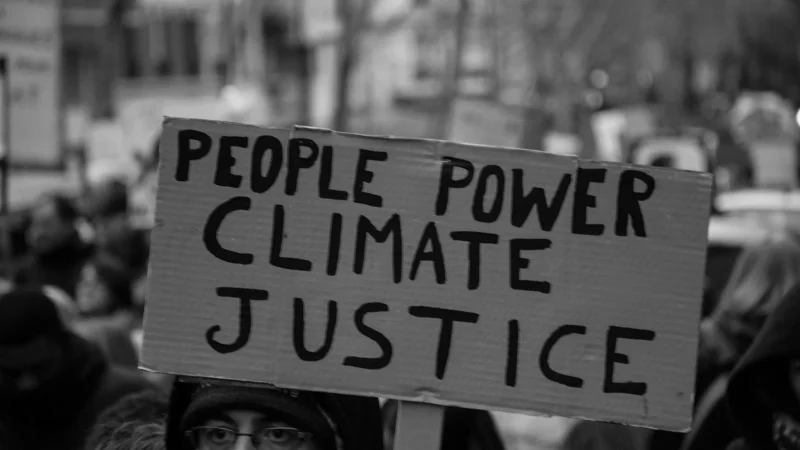Boosting the Black Experience in Green Spaces
Share
Explore Our Galleries
Breaking News!
Today's news and culture by Black and other reporters in the Black and mainstream media.
Ways to Support ABHM?
By T.J. Osborne, Word in Black
Black people hold the key to implementing solutions that address the disproportionate exposure to air pollution and climate change.

We often forget that Black history is happening every day. In the environmental field, new Black leaders are sprouting up across the country, but it hasn’t always been like this.
For decades, the environmental movement was almost exclusively white, barring Black communities from participating — all while bearing the disproportionate impacts of air pollution and climate change. However, this narrative is starting to change.
The number of Black workers at environmental organizations is growing, but these numbers still need improvements. Diversity is crucial if we’re to properly curate the environment for everyone to benefit.
[…]
The movement gained national attention in 1983 after hazardous waste sites in southern states were found to be disproportionately located near black communities. This led to numerous protests and demands for more data collection, sparking the career of Dr. Robert Bullard, the father of environmental justice who is credited with making the movement what it is today.
The movement reached the global spotlight after the murder of George Floyd and the Black Lives Matter protests of 2020.
People started to rethink how we treated the environment and who benefited the most. Environmental organizations started facing their decades-long track record of scarce diversity, governments started to rethink their policy decisions, and the Black community started planting themselves into environmental spaces.
[…]
We can’t achieve environmental justice without the Black experience. We hold the key to implementing solutions that address the disproportionate exposure to air pollution and climate change
Black Americans are three times as likely to die from pollution exposure than their white counterparts.











Comments Are Welcome
Note: We moderate submissions in order to create a space for meaningful dialogue, a space where museum visitors – adults and youth –– can exchange informed, thoughtful, and relevant comments that add value to our exhibits.
Racial slurs, personal attacks, obscenity, profanity, and SHOUTING do not meet the above standard. Such comments are posted in the exhibit Hateful Speech. Commercial promotions, impersonations, and incoherent comments likewise fail to meet our goals, so will not be posted. Submissions longer than 120 words will be shortened.
See our full Comments Policy here.